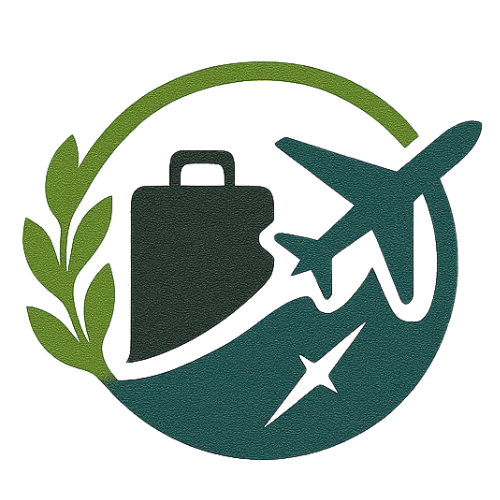
Understanding Healing: It's a Journey, Not a Destination
In our fast-paced society, we often rush through life, hoping to heal our emotional and mental wounds as quickly as we can solve a simple problem. But healing, as Minaa B. points out, is a complex journey that requires patience and understanding. Unlike a physical wound that you can see heal over time, emotional wounds may not follow the same narrative. They don’t always leave a clear finish line, and that’s okay. Minaa likens healing to physical therapy for your mind, body, and spirit, reminding us that while some aspects may close up, we will always carry the scars and lessons learned along the way.
In 'Minaa B. on Why We Can’t Heal Alone — and How to Start the Process', the discussion dives into the critical role of community in the healing process, inspiring deeper analysis of its importance.
The Importance of Community in Healing
Many of us fall into the trap of believing that healing is a solo endeavor, especially when societal norms promote the idea of hyper-independence. However, Minaa stresses that true healing doesn’t happen in isolation. We are inherently social beings; forming connections, sharing experiences, and building community can aid in our healing process. Minaa references how cultural backgrounds influence our approach to mental health, emphasizing that nurturing connections—whether with friends, family, or peers—can play a critical role in our overall well-being. The idea isn’t to mask our problems but to engage with others to share the burden, allowing for co-regulation within our communities.
Actionable Steps for Building Your Support Circle
So how can we cultivate and maintain these vital connections? Minaa introduces her concept of the Circle of Support, which includes four key domains: intimacy, friendship, participation, and exchange. Start by identifying those in your life who form your inner circle, where raw vulnerability can thrive. Move outward to friends and acquaintances where lighter interactions happen. Explore third spaces—like community events or hobby groups—where opportunities for new connections abound. Lastly, don’t overlook the professional relationships that can enrich your life and contribute to your healing journey. Everyone can provide different forms of support, delivering a unique kind of empathy that helps detoxify our emotional struggles.
Mindfulness as a Healing Tool
Amidst the hustle, practicing mindfulness becomes an essential tool. By incorporating mindfulness exercises into your daily routine, you can regulate your nervous system and manage anxiety. Techniques such as meditation or simply taking a few deep breaths can ground you, especially before stepping into social situations that trigger anxiety. Remember, it’s not just about showing up; it’s about being self-aware enough to recognize when you need a break, recalibrating your energy, and stepping back for self-care when necessary.
Using Self-Reflection to Track Your Progress
One of the biggest challenges in mental health is measuring our progress, particularly when changes can often feel invisible. Minaa recommends that we engage in self-reflection by asking ourselves, "Where was I a year ago?" This reflective practice aids in recognizing the milestones we’ve reached, even if they are smaller than we initially expected. Keeping a journal or going through old photos can trigger memories of growth and resilience that remind us of the work we have done, even if it feels like we still have a long path ahead.
Embracing Healing Through Play and Creativity
Interestingly, Minaa highlights the necessary element of play and creativity in healing. As co-founder of "I’m So Mature", she emphasizes the importance of healthy escapism—be it through music, art, or entertainment. Engaging with a beloved show or song can foster joy and stimulate emotional growth, serving as a reminder that we can integrate fun into our healing journey. This perspective helps counter the notion that healing must always be serious, allowing a joyful exploration of life while reflecting on our feelings and experiences.
Final Thoughts: Why Healing Requires Courage
Venturing into the realm of emotional healing requires courage, especially for those who identify with social anxiety. It's easy to retreat into isolation, but Minaa reinforces that we need to muster the strength to leave comfort zones. Engaging in community, however daunting, fosters growth and self-discovery. Ultimately, it’s about facing your truth, understanding the healing journey is ongoing, and never losing sight of the support you have just by stepping outside.
 Add Row
Add Row  Add
Add 




Write A Comment